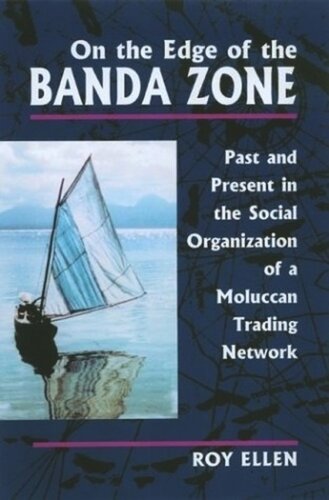

Most ebook files are in PDF format, so you can easily read them using various software such as Foxit Reader or directly on the Google Chrome browser.
Some ebook files are released by publishers in other formats such as .awz, .mobi, .epub, .fb2, etc. You may need to install specific software to read these formats on mobile/PC, such as Calibre.
Please read the tutorial at this link: https://ebookbell.com/faq
We offer FREE conversion to the popular formats you request; however, this may take some time. Therefore, right after payment, please email us, and we will try to provide the service as quickly as possible.
For some exceptional file formats or broken links (if any), please refrain from opening any disputes. Instead, email us first, and we will try to assist within a maximum of 6 hours.
EbookBell Team

4.4
92 reviewsThe impact of the Indonesian spice trade on global and, more particularly, European history has been widely acknowledged. Although more recent studies have gone beyond the preoccupation with the colonial relationship to provide a more "Asiacentric" view, On the Edge of the Banda Zone is the first to focus an anthropological lens on the dynamics of trade in a specific area: that incorporating the Seram Laut and Gorom archipelagoes (and the adjacent mainland) of east Seram, in the Moluccas.
The point of departure for Roy Ellen's analysis is a description of trade relations in the east Seram zone between 1970 and 1990, but the wider importance of the data presented here is readily apparent: For five hundred years (and probably much longer), it has served as a corridor between Eurasia and the southwestern Pacific and played a vital role in the production and distribution of nutmeg and other high-value commodities that have for centuries had an impact on the global economy. Drawing on the author’s fieldwork as well as archival and secondary sources, this ambitious, eclectic volume demonstrates the enduring continuities in the local system as it comes into contact with the changing outside world. It illuminates how barter, ecological and ethnic divisions of labor, exchange patterns, and the organization of trade between the peoples of the New Guinea coast and east Seram, help us make sense of long-term cycles and trends.